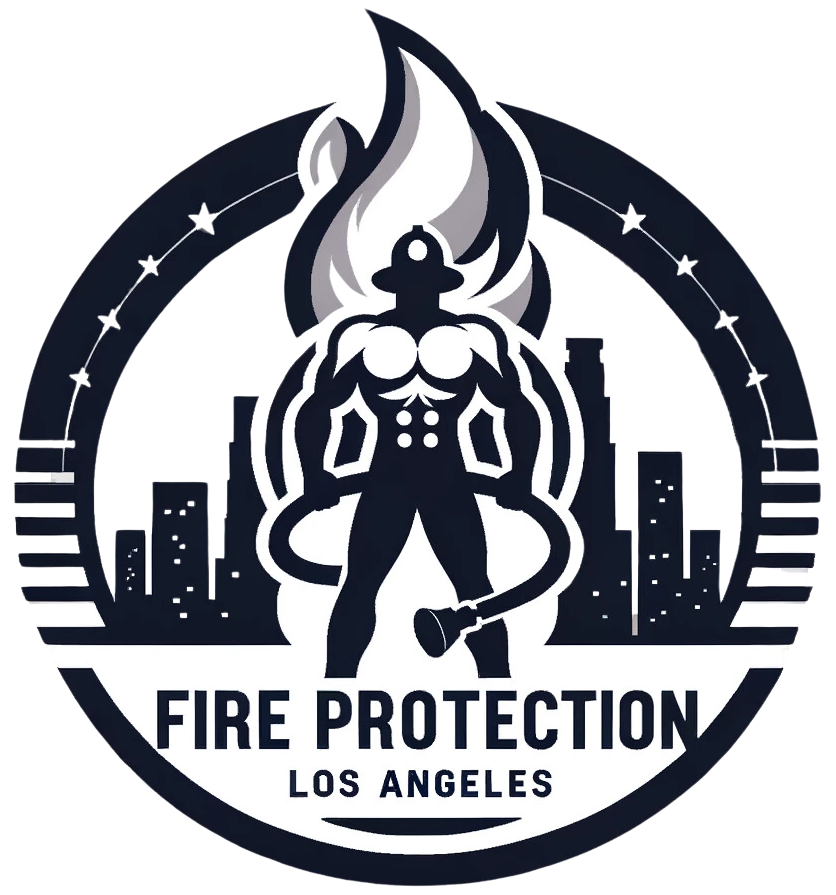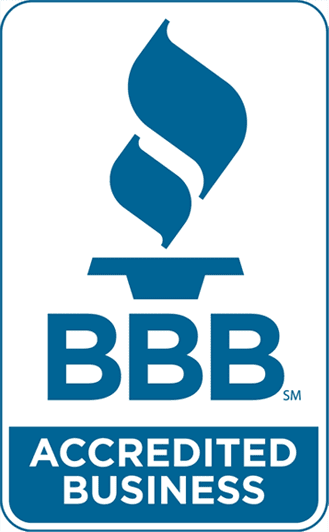The Multifaceted World of Firefighting
Firefighting is not a one-size-fits-all profession. Depending on the context, different skills, tools, and strategies are required. One of the most contrasting environments in this discipline is between industrial and residential firefighting.
Understanding the Context: Residential vs. Industrial Environments
Residential firefighting typically involves homes, apartments, and smaller structures. The primary concern is saving lives and property. In contrast, industrial firefighting often revolves around factories, refineries, and large-scale facilities where the risks, challenges, and potential impact of fires can be significantly higher.
Hazards and Challenges Unique to Industrial Firefighting
Specialized Chemical Fires Industrial settings may house a range of chemicals that can fuel fires differently than typical residential fires. These can include volatile organic compounds, flammable gases, and other hazardous materials.
Scale and Infrastructure Complexity Industrial complexes are often vast, with intricate infrastructure. Firefighters must navigate these spaces, understanding the layout and potential risks associated with different sections of the facility.
Equipment and Techniques in Industrial Firefighting
Advanced Fire Suppression Systems Industrial firefighting requires specialized equipment, including foam suppression systems, dry chemical agents, and advanced sprinkler systems tailored to the type of industry and materials on site.
Specialized Protective Gear Given the potential for chemical exposure, industrial firefighters often don more robust protective gear, including suits that can withstand specific chemical reactions and higher temperatures.
Training and Preparedness: The Industrial Edge
Industrial firefighters undergo specialized training that equips them to handle the unique challenges of their environment. This training includes understanding the chemical properties of materials, handling large-scale incidents, and working in tandem with onsite industrial safety teams.
Collaboration with Industrial Safety Teams
Many industrial settings have their own safety teams in place. Collaboration between these teams and firefighters is crucial. Safety teams can provide insights into the facility’s layout, potential hazards, and critical shut-off points that can aid in suppressing the fire.
Evacuation Protocols and Challenges
Industrial settings can house hundreds, if not thousands, of workers. Evacuation protocols differ from residential areas, considering the vastness of the area, potential bottlenecks, and the need to shut down critical machinery safely.
Conclusion: Tailored Approaches for Different Fire Scenarios
While both industrial and residential firefighting have the same core goal—protecting lives and property—the strategies, risks, and challenges differ substantially. Understanding these differences ensures that when fires do occur, firefighters are equipped with the knowledge, tools, and strategies to handle them effectively, no matter the context.








